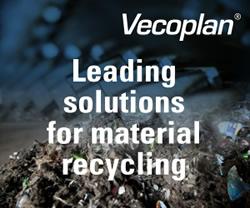California's Record-Breaking New Solar Plant Is Already Irrelevant
Last week, dozens of people, including Google energy chief Rick Needham and Energy Secretary Ernest Moniz, trekked out to the California-Nevada border in the middle of the Death Valley to dedicate what is believed to be the world's largest solar thermal facility in the world.
At 392 megawatts, the Ivanpah solar thermal plant will be able to power 140,000 homes — the equivalent of all of Newark (averaging two people per household).
We covered the project when BrightSource, the main developer behind the project, first put up a stunning 3-D tour of the site.
But for all its scale and beauty, in terms of the future of renewables, Ivanpah is already irrelevant.
Solar thermal creates electricity by using mirrors to direct intense amounts of heat at a centralized collector, which is used to heat a substance like water to create steam power. Solar photovoltaic, meanwhile, directly converts solar energy into electricity through semiconductors.
If solar thermal sounds unnecessarily complicated, you're right. Solar photovoltaic has seen explosive growth in the past few years thanks to plummeting material costs, state incentives, and eco-conscious homebuyers putting up panels on their roofs. But solar thermal growth has stalled, and is expected to continue to do so. Ivanpah cost $2.2 billion. Warren Buffett paid the same amount for the world's largest photovoltaic plant just up the road outside Bakersfield. That plant will generate 1.5-times as much power as Ivanpah.
As the New York Times' Diane Cardwell and Matt Wald wrote Friday, Ivanpah probably represents an end, not a beginning.
Comments (0)
This post does not have any comments. Be the first to leave a comment below.
Featured Product

Vecoplan - Planning and implementation of complete processing plants in refuse derived fuel production
In order to reduce the costs involved in the energy-intensive production of cement, many manufacturers are turning to refuse-derived fuels (RDF), considerably reducing the proportion of expensive primary fuels they would normally use. Solid fuels are being increasingly used - these might be used tyres, waste wood or mixtures of plastics, paper, composite materials and textiles. Vecoplan provides operators of cement plants with proven and robust components for conveying the material and separating iron and impurities, efficient receiving stations, storage systems and, of course, efficient shredders for an output in various qualities.
